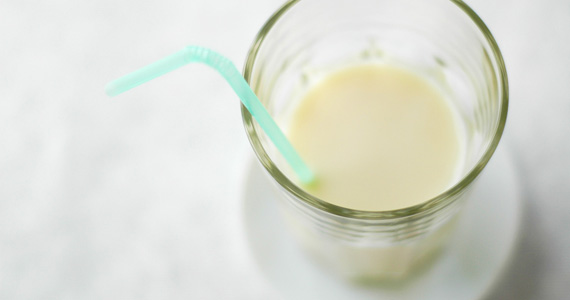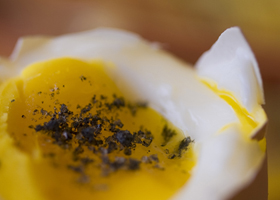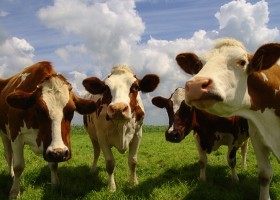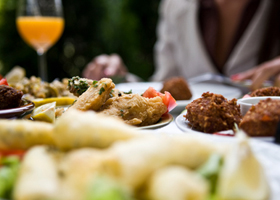
The dark side of dairy
Author | Animals Australia
The dairy industry enjoys a carefully crafted public image that leaves many consumers with visions of happy animals and green rolling hills.
Many milk drinkers—especially women—would be appalled if they knew the truth. That this is an industry that deliberately gets a female pregnant, allows her to give birth and greet her newborn, only then to remove her young—and in most cases sends her calf to be slaughtered before they have even experienced a week of life.
All so that humans can drink the milk that nature intended for her baby.
Dairy cows are kept almost continually pregnant in order to maximise their production of milk. Calves are separated from their mothers within 12 – 24 hours of birth and most are trucked to slaughter from just 5 days old. Around 700,000 ‘bobby calves’ (mostly males) are killed every year as waste products of the dairy industry. These young, vulnerable animals can legally be deprived of food for up to 30 hours during this journey to slaughter.
Mother cows are milked twice a day and the use of machine pumps can contribute to painful mastitis. Before long, she is artificially impregnated again, carrying another calf to term, only for the same cruel cycle to be repeated.
Cows can expect to live up to 20 years. Dairy cows used in the milk industry though are regarded as ‘spent’ after just 6 or 7 years and are sent to slaughter – their years of pain and sacrifice not sparing them this premature end.
The dairy industry has long operated under a veil of secrecy. They know that many consumers of milk would find the callous treatment of bobby calves completely unacceptable. With greater awareness, many people would rethink their support of the dairy industry.
Fortunately there are plenty of dairy alternatives in the supermarket – from milks to margarines. And the good news is – they are better for you! The consumption of dairy products has been linked to obesity, heart disease, diabetes and may contribute to the risk of ovarian and prostate cancers, autoimmune diseases, and ear infections and allergies in children.
One thing is for certain, milk is not necessary for humans after weaning and the nutrients it contains are readily available in plant foods such as beans, grains and many vegetables.
More information on the welfare of dairy cows, check out the Animals Australia Dairy Cow Factsheet
You can also find more information about going dairy free on their website.
Animals Australia is one of the largest and the most dynamic national animal protection organisation, representing some 40 member societies and thousands of individual supporters. Their goal is to significantly and permanently improve the welfare of all animals in Australia. For more information, check out their website.





